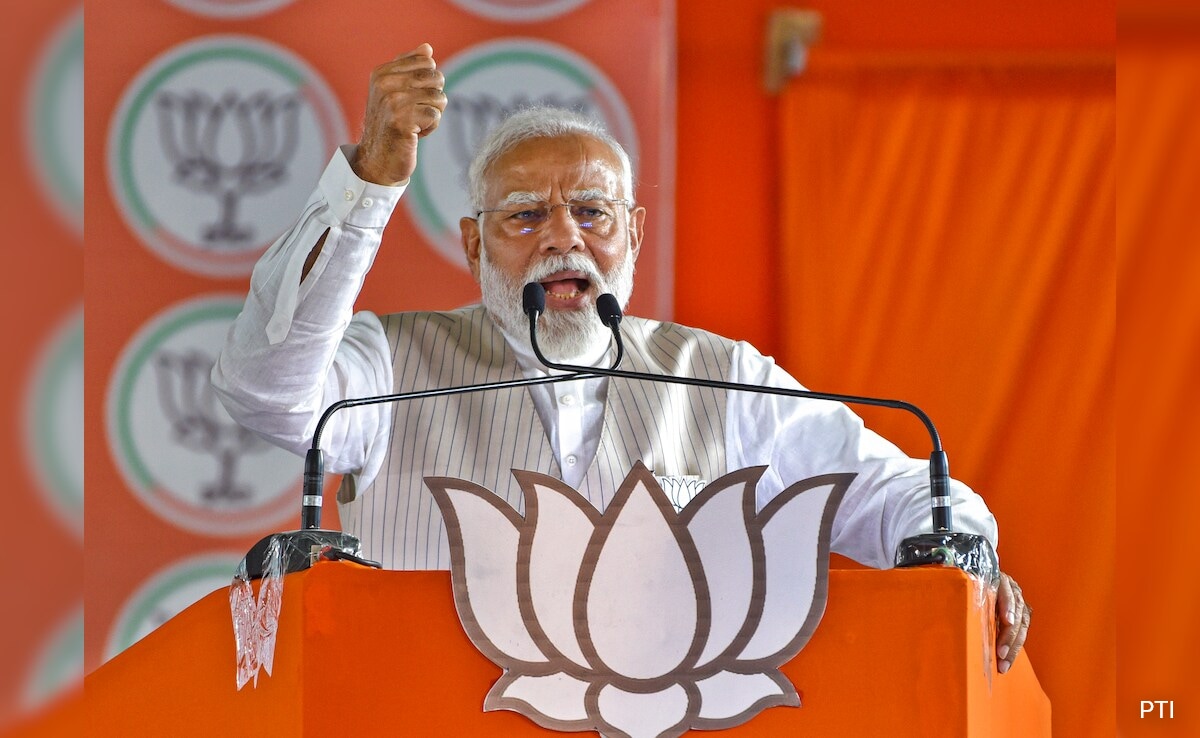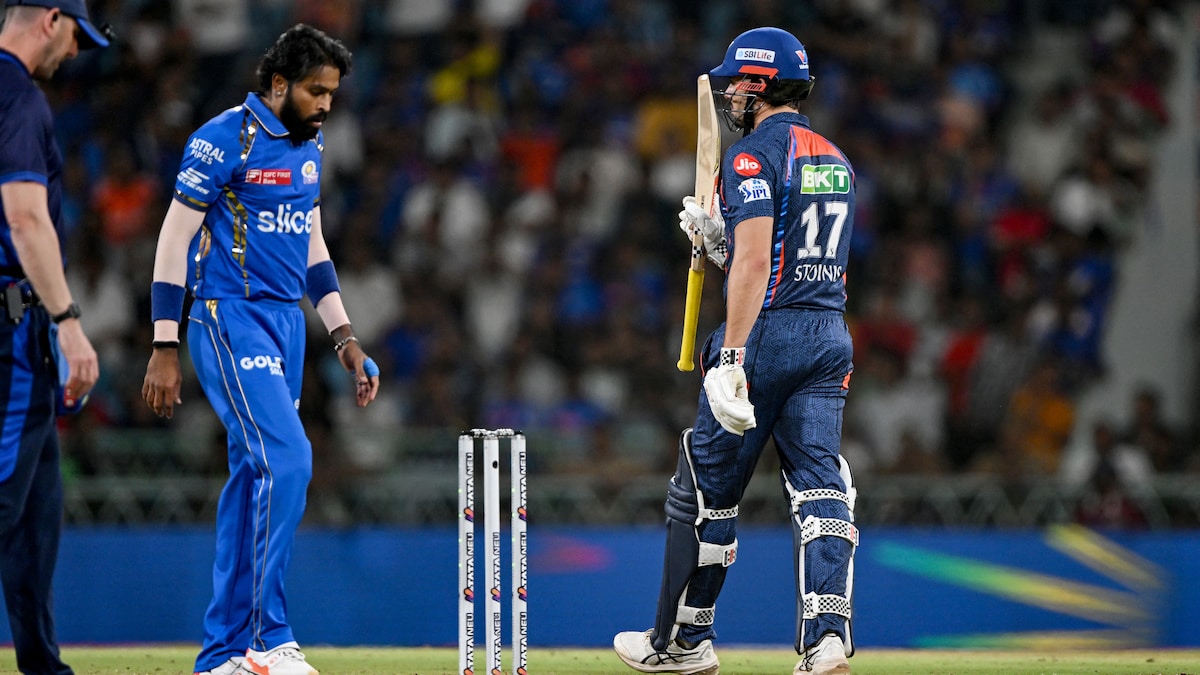When Israeli shells hit Gaza’s largest fertility clinic in December, the explosion blew the lids off five liquid nitrogen tanks stored in a corner of the embryology unit.
As the ultra-cold liquid evaporated, the temperature inside the tanks increased, destroying more than 4,000 embryos and more than 1,000 sperm and unfertilized egg samples stored at the Al Basma IVF Center in Gaza City.
The impact of that explosion was far-reaching – an example of the invisible toll that six and a half months of Israeli attacks have taken on Gaza’s 2.3 million people.
The embryos in these tanks are the last hope for hundreds of Palestinian couples facing infertility.
Bahaaldeen Ghalayini, 73, said: “We know what these 5,000 lives or potential lives mean to parents, both in the future and in the past.”
He said at least half of couples – those who can no longer produce sperm or eggs to form viable embryos – will no longer have a chance of conceiving.
“My heart was broken into a million pieces,” he said.
For Seba Jafaravi, three years of fertility treatments were a roller coaster ride. Removing the eggs from the ovaries was painful, the hormone injections had strong side effects, and the grief of two failed attempts to conceive seemed unbearable.
Jaafarawi, 32, and her husband were unable to conceive naturally and turned to in vitro fertilization (IVF), a technique widely used in Gaza.
Large families are common in the enclave, nearly half the population is under 18 and the fertility rate is high, with 3.38 births per woman, according to the Palestinian Bureau of Statistics. The fertility rate in the UK is 1.63 children per woman.
Despite Gaza’s poverty, couples facing infertility still seek in vitro fertilization, with some selling televisions and jewelry to pay for it, Al-Gharaini said.
no time to celebrate
At least nine clinics in Gaza perform in vitro fertilization, in which eggs are collected from a woman’s ovaries and fertilized with sperm in a laboratory. The fertilized eggs, called embryos, are usually frozen until the optimal time for transplantation into a woman’s uterus. Most of Gaza’s frozen embryos are stored at the Al Basma centre.
In September, Jafaravi became pregnant, her first successful IVF attempt.
“I didn’t even have time to celebrate the news,” she said.
Two days before her first scheduled ultrasound scan, Hamas launches attack on Israel on October 7According to Israeli statistics, 1,200 people were killed and 253 hostages were taken.
Israel has vowed to destroy Hamas and launched a sweeping attack that killed more than 33,000 Palestinians, according to Gaza’s health authorities.
Jafaravi worries: “How am I going to complete my pregnancy? What’s going to happen to me and what’s going to happen to the person in my womb?”
Her ultrasound was never performed, and Garaini closed his clinic, where Jafaravi’s five other embryos were stored.
As Israeli attacks intensified, Basma’s chief embryologist Mohamed Ajur became concerned about the levels of liquid nitrogen in five specimen tanks. Replenishing is required approximately once a month to keep the temperature of each tank below -180C, which operates independently.
When the war began, Ajjour managed to procure a shipment of liquid nitrogen, but Israel cut electricity and fuel to Gaza and most suppliers closed.
In late October, Israeli tanks rolled into Gaza and soldiers surrounded the streets around IVF centres. It became too dangerous for Aru to inspect the tanks.
Jafaravi knew she should rest to keep her fragile pregnancy safe, but danger was everywhere: She climbed six flights of stairs to her apartment because the elevator stopped working; a bomb leveled her apartment’s windows; food and water became scarce.
Instead of resting, she worried.
“I was so scared that there were signs that I was going to lose (the pregnancy),” she said.
Jafaravi lost a little blood after she and her husband left their home and moved south to Khan Younis. The bleeding gradually stopped, but her fear did not.
“5,000 people living in the same shell”
They crossed into Egypt on November 12, and in Cairo, her first ultrasound showed she was pregnant with twins, and that they were alive.
But days later, she experienced painful cramps, bleeding and sudden changes in her abdomen. She arrived at the hospital, but the miscarriage had already begun.
“The sound of me screaming and crying in the hospital still rings in my ears,” she said.
The pain of loss has not stopped.
“No matter what you imagine, or I tell you how difficult the IVF process is, only those who have been through it know what it’s really like,” she said.
Jafaravi wants to return to the war zone, retrieve frozen embryos and try IVF again.
But soon it was too late.
Galaini said an Israeli shell hit a corner of the center, destroying the embryology laboratory on the first floor. He didn’t know if the attack specifically targeted the lab.
“All these lives were killed or taken away: 5,000 lives in one shell,” he said.
In April, the embryology laboratory was still strewn with broken masonry, blown-up lab supplies and liquid nitrogen tanks among the rubble, according to a reporter commissioned by Reuters to visit the site.
The lids were open, and a basket filled with tiny, color-coded straws containing destroyed microscopic embryos was still visible at the bottom of one of the jars.
Follow us on Google news ,Twitter , and Join Whatsapp Group of thelocalreport.in
















